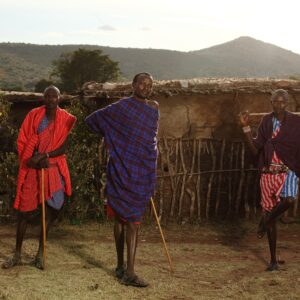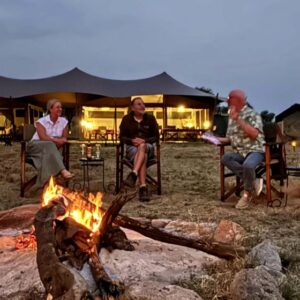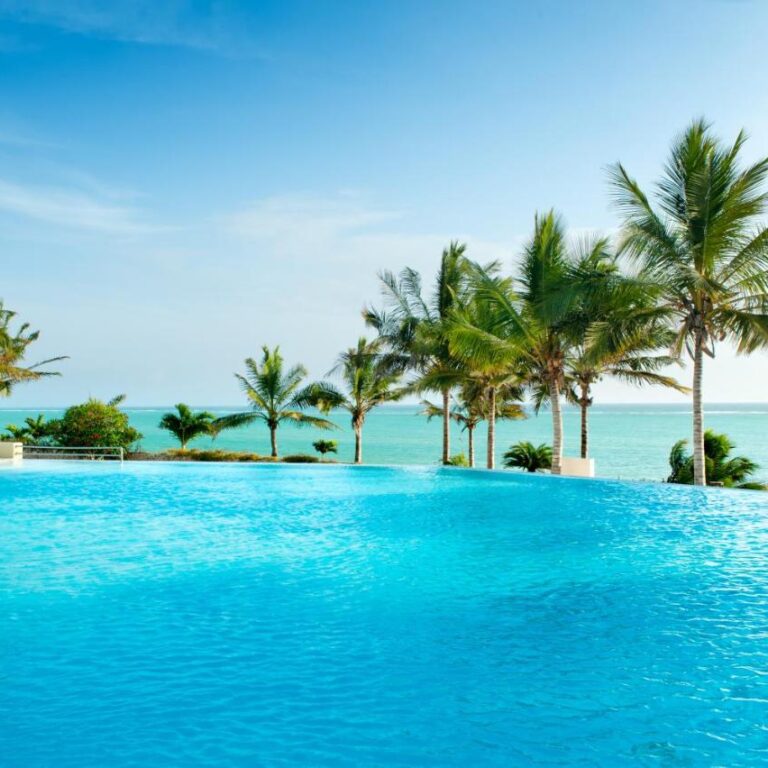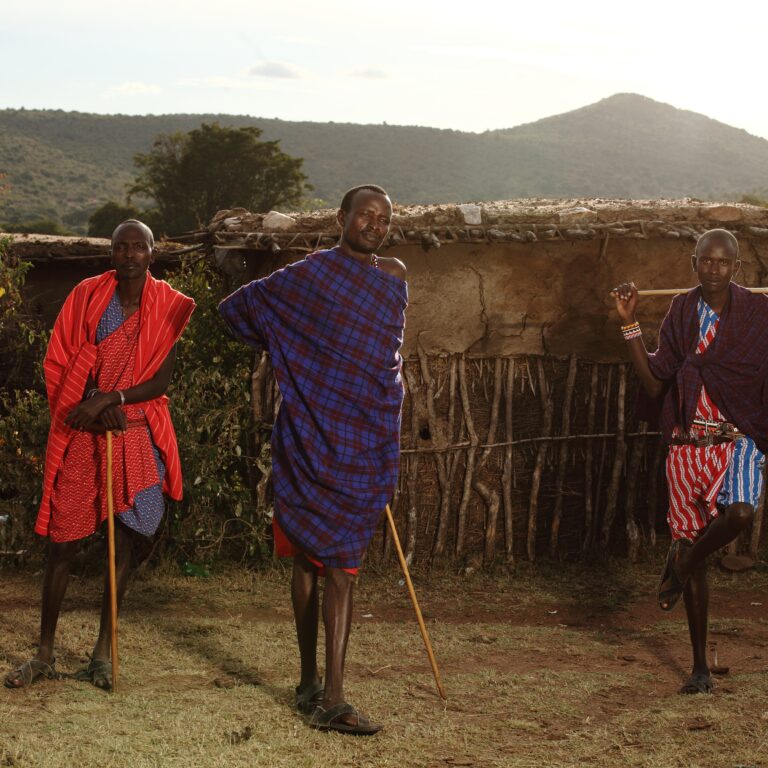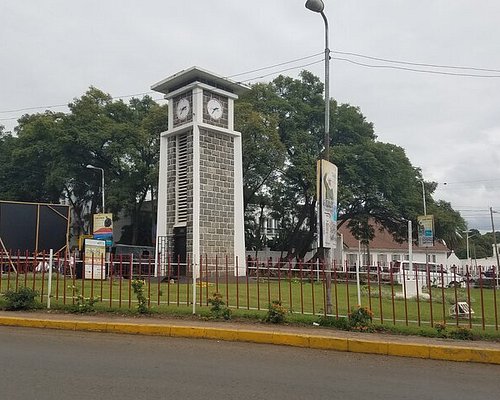All You Need to Know About Planning a Photo Safari in Africa.
Africa Photo Safaris: A captivating blend of adventure, wildlife encounters, and photography education, these specialized tours are designed for photographers of all levels who wish to explore and capture the beauty of Africa’s wildlife and wilderness through their lenses. As an East Africa-based tour operator with over 10 years of experience, Africa Safaris introduces you to the magic of Africa photo safaris. For photography enthusiasts, embarking on an African photo safari is a dream come true.
For photography enthusiasts, embarking on an African photo safari is a dream come true. From the vast savannas of the Serengeti to the dense jungles of the Congo, Africa provides a wealth of opportunities to capture stunning images of its wildlife and landscapes. In this comprehensive guide, we’ll delve into everything you need to know about Africa photo safaris, from choosing the right destination to essential gear and photography tips.
Why Choose Africa for Wildlife Photography?
Africa, known as the cradle of life, offers unparalleled opportunities for wildlife photography. Here’s why: A few questions: where would you go for a first trip to Africa? Are there particular locations/parks/reserves and guides that you’d recommend?
Diverse Wildlife:
From the vast savannahs of the Serengeti to the lush wetlands of the Okavango Delta, Africa boasts a wide range of ecosystems that support an abundance of wildlife species. Whether it’s the majestic African elephants, the elusive big cats, or the vibrant birdlife, Africa provides photographers with endless opportunities to capture awe-inspiring images.
Stunning Landscapes:
Picture-perfect sunsets, rolling hills, dramatic mountains, and expansive plains—Africa’s landscapes are a canvas waiting to be photographed. The Masai Mara, the Etosha National Park, and the Queen Elizabeth National Park are just a few examples of the breathtaking scenery you’ll encounter.
Unique Cultural Heritage:
Beyond wildlife, Africa’s rich cultural heritage adds depth to your photography. Interact with local communities, learn about their traditions, and capture candid moments that tell powerful stories.
Conservation Efforts: Africa’s commitment to conservation ensures that wildlife and their habitats are protected. Many national parks and reserves implement sustainable tourism practices, safeguarding the natural heritage for future generations.
Benefits of Joining a Photo Safari Tour
Expert Guidance: Learn from experienced guides who understand both photography and the African wilderness. They’ll help you find the best angles, lighting, and compositions.
Access to Prime Locations: Photo safaris take you to the heart of wildlife action. Imagine photographing a lioness and her cubs against the backdrop of the Serengeti.
How to Prepare for an Africa Photo Safari
Choose the Right Time: Research the best time to visit based on wildlife migrations, weather, and specific events.
Select a Reliable Operator: Opt for a reputable tour operator like us for Africa Safaris.
Gear Up: Bring the right camera and lenses. Telephoto lenses are essential for capturing distant wildlife.
Know Your Camera: Familiarize yourself with your camera settings to capture those split-second moments.
Create an Itinerary: Plan your days to maximize photography opportunities.
Top Destinations for African Photo Safaris
- Serengeti National Park, Tanzania: Witness the Great Migration and capture iconic scenes Photographic Destinations for Capturing the Magic of an African Safari.
- Ngorongoro crater: Best destinations for photographic Safaris in Tanzania East Africa Unveil Africa’s diverse landscapes and wildlife through photography. Explore various top spots, from Ngorongoro conservation are and spot all BIG5.
- Masai Mara National Reserve, Kenya: Home to the Big Five and stunning landscapes.
- Tarangire National Park, Tanzania : Explore diverse ecosystems and photograph tree-climbing lions.
- Lake Manyara National Park, East Africa: Abundant wildlife and varied terrain.
- Arusha National Park : A water wonderland teeming with wildlife.
Ethics and Conservation
Responsible Photography: Respect wildlife and their habitats. Keep a safe distance and avoid disturbing animals.
Support Local Conservation: By participating in photo safaris, you contribute to conservation efforts.
Capture the Essence of Africa
Embrace the adventure, immerse yourself in the natural wonders, and let Africa’s magic unfold through your lens
Equipment and Techniques for Africa Photo Safaris
Equipment: Pack a DSLR or mirrorless camera with telephoto lenses (200mm to 600mm), extra batteries, memory cards, and a sturdy tripod. Don’t forget essentials like lens cleaning kits and protective gear for dusty environments.
Techniques for Successful Safari Photography: Master composition by framing shots carefully and using leading lines. Utilize golden hour lighting for warm, soft tones. Experiment with selective focus to isolate subjects and varying depths of field for landscapes. Exercise patience and observation to capture authentic wildlife moments while respecting their natural behavior and habitat.
Essential Accessories for Wildlife Photography:
Telephoto Lens: Capture distant subjects with clarity and detail.
Tripod: Ensure stability for sharp images, especially in low light conditions.
Bean Bag: Provide support for your camera when shooting from a vehicle or uneven terrain.
Remote Shutter Release: Minimize camera shake for long exposures or remote wildlife photography.
Lens Cleaning Kit: Keep your lenses free from dust, smudges, and water droplets.
Weather Protection: Protect your gear from rain, dust, and harsh weather conditions with rain covers and protective sleeves.
Techniques for Capturing Stunning African Wildlife Photos
Patience and Observation: Spend time observing animal behavior to anticipate movements and capture authentic moments.
Composition: Frame your shots carefully, utilizing leading lines and the rule of thirds for visually appealing images.
Lighting: Make use of the golden hours—early morning and late afternoon—for soft, warm light that adds depth to your photos.
Focus and Depth of Field: Use selective focus to draw attention to your subject and experiment with depth of field for creative effects.
Respect Wildlife: Prioritize the well-being of animals, maintaining a safe distance and avoiding disturbance for ethical photography.
Wildlife Photography Ethics and Conservation
Wildlife photography ethics prioritize the well-being of animals and their habitats. Respect their space, avoid disturbing natural behaviors, and prioritize conservation efforts. Photographers should never endanger wildlife for a shot and should strive to educate viewers about the importance of conservation through their images.
Conservation efforts aim to protect species and their environments, preserving biodiversity for future generations. By adhering to ethical guidelines and supporting conservation initiatives, wildlife photographers play a crucial role in raising awareness and promoting sustainable practices in nature photography.
Responsible Wildlife Photography Practices
Responsible wildlife photography practices prioritize the well-being of animals and their habitats. This entails maintaining a respectful distance, avoiding disruption to natural behaviors, and refraining from baiting or provoking wildlife.
Photographers should prioritize conservation efforts, supporting ethical tour operators and minimizing their environmental impact. By practicing restraint and respecting wildlife, photographers can capture stunning images while preserving the integrity of the natural world.
Tips for a Memorable African Photo Safari Experience
Timing is Key: Plan your safari during the dry season for optimal wildlife sightings and vibrant landscapes tips and tricks For photographing your first African Safari.
Pack Light, Shoot Big: Bring versatile camera gear and essentials like extra batteries and memory cards the ultimate guide to your African Photographic Safari.
Embrace Golden Hours: Capture the magic of sunrise and sunset for soft, golden light and dramatic silhouettes tips for the best photographic safari in Africa.
Patience Pays Off: Spend time observing wildlife behavior for authentic shots and memorable moments.
Respect and Preserve: Respect wildlife and their habitats; leave only footprints and take only photographs.
African Photography Safari Tips for Beginners
Capturing stunning wildlife images requires patience, skill, and a good understanding of photographic techniques. Here are some tips to help you make the most of your African photo safari:
Composition: Pay attention to composition by framing your shots carefully and considering elements such as leading lines, symmetry, and the rule of thirds to create visually appealing images.
Lighting: Make the most of the golden hours—early morning and late afternoon—when the light is soft and warm, casting long shadows and adding depth to your photographs. Avoid harsh midday sun, which can result in overexposed or washed-out images.
Focus and Depth of Field:
Use selective focus to draw attention to your subject and create a sense of depth in your photos. Experiment with shallow depth of field to blur the background and isolate your subject, or increase depth of field for landscapes to ensure everything is in sharp focus.
Patience and Observation:
Wildlife photography requires patience and a keen eye for observation one of essential Safari Photography Tips for Your African Holiday. Spend time observing animal behavior and anticipating their movements to capture authentic moments and unique expressions.
Respect Wildlife:
Remember to always prioritize the well-being of the animals and respect their natural habitat. Maintain a safe distance and avoid disturbing or provoking wildlife for the sake of a photograph.
Conclusion: Africa Photo Safaris
Embarking on an African photo safari is an unforgettable experience that offers the opportunity to capture breathtaking images of the continent’s incredible wildlife and landscapes Everything You Need to Know About Planning a Photo Safari in Africa.
By choosing the right destination, planning your safari carefully, and mastering essential photography techniques, you can create a stunning portfolio of images that will transport viewers to the heart of Africa’s wilderness. So pack your camera gear, embrace the adventure, and get ready to embark on the safari of a lifetime. Happy shooting.
What is an Africa photo safari?
An Africa photo safari is a guided or self-driven photographic expedition in various African countries to capture wildlife, landscapes, and cultural experiences through photography.
What destinations are popular for Africa photo safaris?
Popular destinations include Kenya (Maasai Mara), Tanzania (Serengeti, Ngorongoro Crater), Botswana (Okavango Delta), South Africa (Kruger National Park), and Namibia (Sossusvlei, Etosha National Park).
When is the best time to go on an Africa photo safari?
The best time depends on your preferred destinations and interests. Generally, dry seasons offer optimal wildlife viewing, while wet seasons can be ideal for dramatic landscapes and bird photography.
What camera equipment do I need for an Africa photo safari?
You’ll need a DSLR or mirrorless camera with telephoto lenses (200mm to 600mm), wide-angle lenses for landscapes, extra batteries, memory cards, and a sturdy tripod.
Do I need photography experience to go on an Africa photo safari?
No, both beginners and experienced photographers can enjoy Africa photo safaris. Guides often provide assistance, and there are opportunities to learn and improve your photography skills during the trip.
How long do Africa photo safaris typically last?
Safaris can range from a few days to several weeks, depending on your itinerary and preferences. Many tours offer customizable options to suit different schedules.
Are Africa photo safaris safe?
When conducted with reputable operators and following safety guidelines, Africa photo safaris are generally safe. It’s essential to listen to guides, respect wildlife, and adhere to park rules.
What types of wildlife can I expect to see on an Africa photo safari?
You can encounter a wide range of wildlife, including the Big Five (lion, elephant, buffalo, leopard, and rhinoceros), giraffes, zebras, cheetahs, wildebeests, hippos, crocodiles, and various bird species.
How do I book an Africa photo safari?
You can book through specialized tour operators, travel agencies, or directly with lodges and camps in your chosen destination. Research and compare options to find the best fit for your budget and interests.
What should I pack for an Africa photo safari?
Pack lightweight, breathable clothing in neutral colors, sturdy walking shoes, a wide-brimmed hat, sunscreen, insect repellent, and a small backpack. Don’t forget your camera gear, binoculars, and any personal items you may need.


